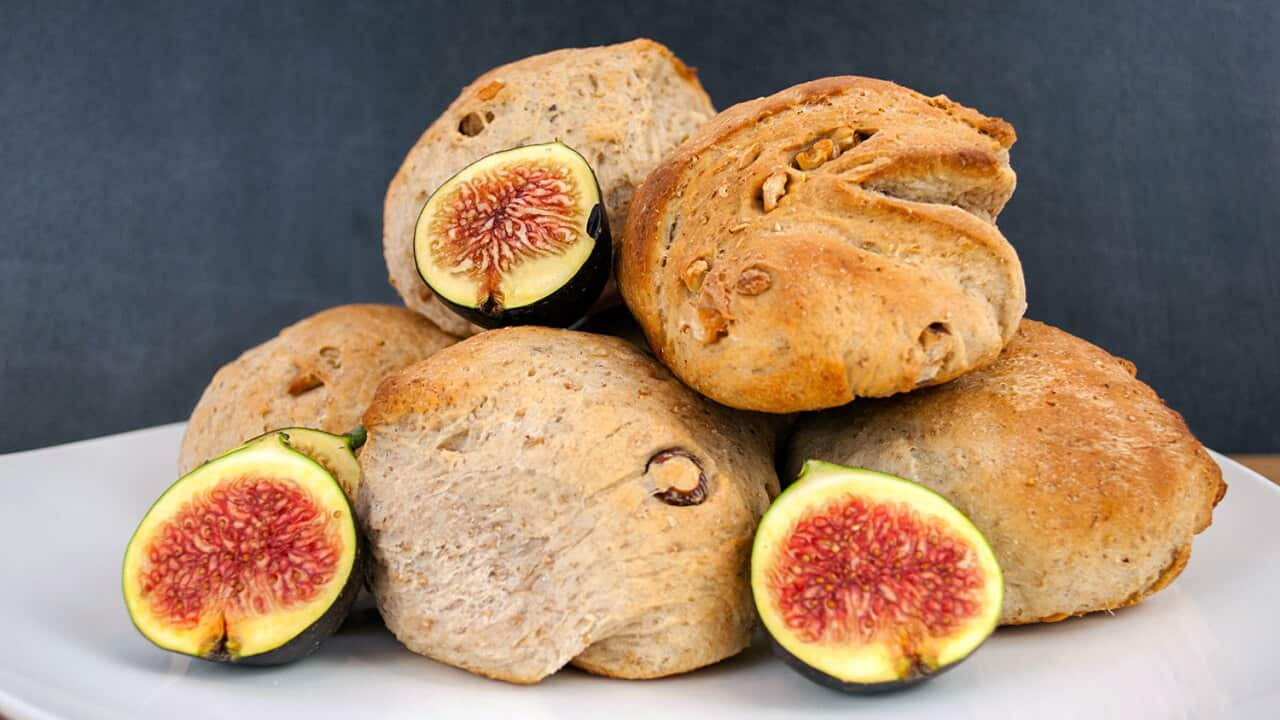What do citrus fruits and durum wheat have in common, beyond being two ingredients commonly used in Italian cooking?
According to a recent Italian study, blood orange and lemon peels can combine with durum wheat to make wholegrain bread that’s high in fibre with a long shelf-life.
Italian research, published in the journal , has examined the possibility of cooking up a fibre-rich wholemeal durum wheat bread by using the citrus fibres from blood orange and lemon peels.
In southern Italy, particularly in Sicily, citrus industry produces approximately 500,000 tonnes a year of ‘pastazzo,’ a by-product derived from the industrial squeezing of citrus fruit...
The motivation behind the investigation was two-fold. Researchers wanted to initially create bread that’s fortified with fibre. But they also sought to find an environmentally friendly alternative for the country’s citrus processing waste to prevent it from going to landfill.
“In southern Italy, particularly in Sicily, the citrus industry produces approximately 500,000 tonnes a year of ‘pastazzo,’ a by-product derived from the industrial squeezing of citrus fruit, which currently presents serious disposal problems,” the study states.

The study shows that lemon fibres could be added to durum wheat flour to make a high-fibre bread. (Flicker, by Earl: http://bit.ly/2LjEYLV) Source: Flicker by Earl, http://bit.ly/2LjEYLV
High-fibre citrus fibre bread: ingredients and method
The Italian researchers got durum wheat whole semolina from an industrial bakery and derived citrus fibres from donated blood oranges and lemons. Then the scientific bread makers started to experiment in the kitchen.
“For each dough, 68 kg of durum wheat whole flour was mixed with tap water compressed yeast and blood orange and/or lemon fibres,” the study reads.
In the control dough, no citrus fibre was added. In the other four doughs tested, citrus fibre was added in variable amounts between one and two percent to create bread with a total dietary fibre content higher than six grams /100 grams.
This is the first study to evaluate the exact percentage of citrus fibre that bakers should use to produce wheat whole durum bread, fortified in dietary fibre.
“All the ingredients were mixed for 13 min using a mixer with beater arms. The tap water temperature was 22°C, and at the end of mixing, the dough temperature was 25.9 ± 0.4°C.”
Each dough was then broken into 100 loaves. The bread was left to proof and then baked for one hour at 210°C in a continuous oven.
After two hours of cooling in a conditioned room, the breads were packaged and stored for four months.
How did the citrusy bread turn out?
Nine loaves for each formulation were withdrawn monthly and analysed for every kind of marker from volume, to crumb colour, crust thickness to loaf firmness.
The results demonstrated that adding up to two percent citrus fibre produced the perfect wheat whole durum bread fortified in dietary fibre that was similar in quality to the control bread. The citrus bread lasted between 30-90 days before its quality started to decline.
A sensory evaluation showed that the loaves enriched with blood orange and lemon fibres had a slight citrus flavour but overall, they tasted pretty similar to the bread made without citrus.
This is the first study to evaluate the exact percentage of citrus fibre that bakers should use to produce wheat whole durum bread, fortified in dietary fibre.
“These results, moreover, should be interesting for the possibility to produce a ‘high in fibre’ durum wheat bread with a long shelf-life,” the study reads.
“Finally, the use of citrus fibres in bread making can be considered as an environmental-friendly alternative for the reuse and valorisation of citrus processing wastes and by-products.”
An opportunity for Aussie bread makers?
Australian-based Accredited Practising Dietitian and nutrition manager at Felicity Curtain, says making bread with citrus is an innovative way of bumping up the fibre content.
“There is huge opportunity for innovation in the bread category and this is a great example of that," says Curtain. “Most people eat bread – around 66 percent of Australians – and so it poses the ideal vehicle for other nutrients and healthy additions."
However, she notes, the bread made in the study durum wheat, which is usually used in pasta.
“So manufacturers would need to determine whether the same idea could be replicated here, using bread flour and if consumers would still accept the taste and texture.”
Curtain says, until we get an Australian version of the Italian-made citrus bread, available locally in stores, wholegrain bread is still an accessible high-fibre food option that’s rich in nutrients.






